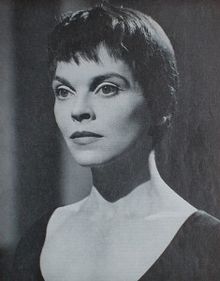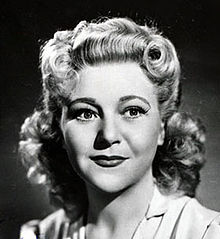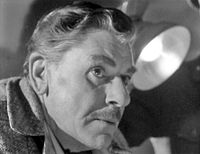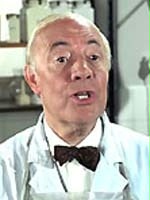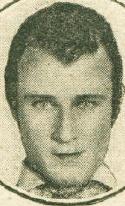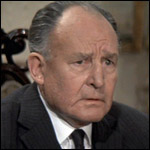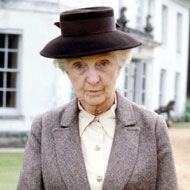High Treason (1951 film)
High Treason is a 1951 British espionage thriller filmed in the style of such American docudramas as The House on 92nd Street and TMen. It is a sequel to the Oscarwinning 1950 film Seven Days to Noon. Director Roy Boulting, codirector with his brother John and cowriter of the first film also directed and cowrote this one. Frank Harvey, Boultings cowriter, was also a cowriter of the earlier film. Andr Morell reprises his role as Detective Superintendent Folland of Scotland Yards Special Branch from the first film, though in High Treason he is subordinate to the head of Special Branch, Commander Robert Robbie Brennan, played by Liam Redmond.
The New York Times wrote, it is worthy to note that High Treason travels at a more leisurely pace than Seven Days, but Roy Boulting, who also directed, achieves an equally intelligent handling of the many pieces needed to fit his intricate jigsaw of a plot, and remarked that, deft direction, crisp dialogue and a generally excellent cast gives High Treason a high polish, concluding that the film is a taut tale and a pleasure. while, more recently, Cageyfilms.com wrote, although the politics of High Treason are as dated as those of Leo McCareys My Son John 1952, the location shooting in London and the character details around the periphery of the narrative provide a fascinating documentary portrait of the metropolis just a few years after the war and, as in Sam Fullers Pickup on South Street, the ostensible political element can be seen as little more than a McGuffin on which to hang the narrative. And speaking of McGuffins, the film has several very welldeveloped Hitchcockian elements, particularly the pretentious modern music society which serves as a front for the communist plotters and the labyrinthine building which doubles as a tutorial college and secret commie headquarters.
Source: Wikipedia



